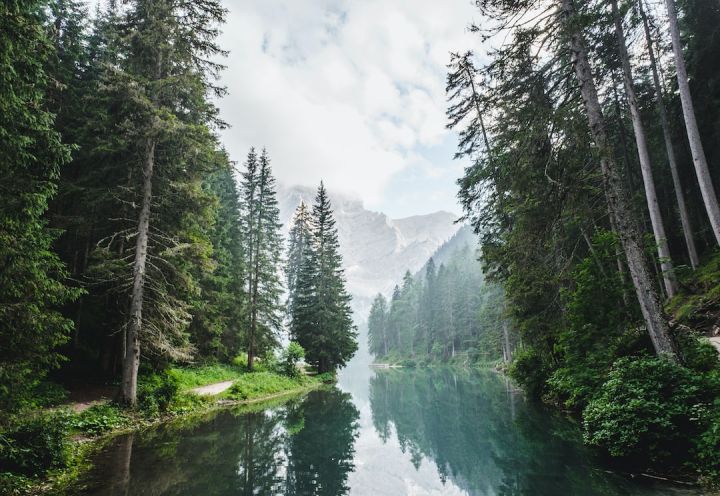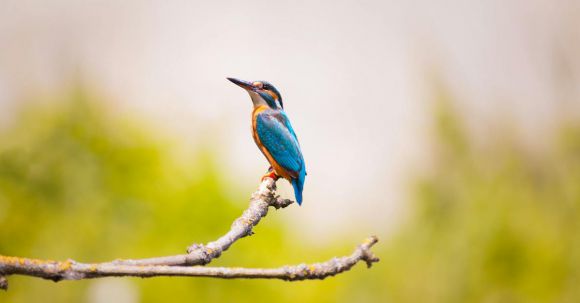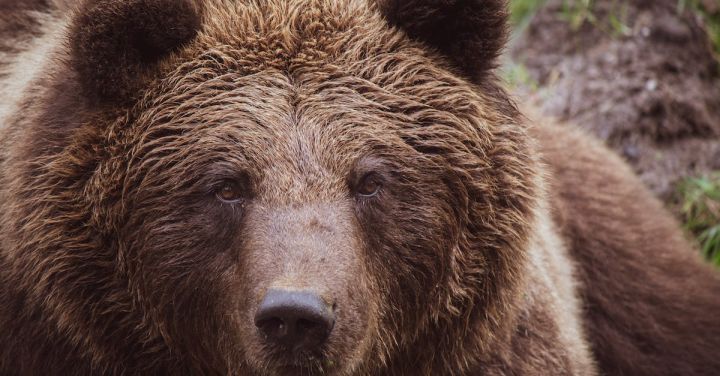How to Maintain a Safe Distance from Wildlife?
In our increasingly urbanized world, encounters with wildlife are becoming more common. While these encounters can be exciting and awe-inspiring, it is important to remember that wildlife is just that – wild. Maintaining a safe distance from wildlife is crucial to ensuring both our safety and the well-being of the animals. Here are some guidelines to help you navigate these encounters safely.
Understanding Wildlife Behavior
Before we delve into the specifics of maintaining a safe distance, it is important to have a basic understanding of wildlife behavior. Different species have different temperaments and tolerances for human presence. For example, some animals may be more tolerant of human presence, while others may become defensive or aggressive if they feel threatened or cornered. By familiarizing yourself with the typical behavior of the wildlife in your area, you can better anticipate their reactions and adjust your approach accordingly.
Observe from a Distance
The first and most important rule when it comes to wildlife encounters is to observe from a safe distance. This means maintaining a distance that allows the animal to feel comfortable and undisturbed. The exact distance will vary depending on the species and the situation, but a good rule of thumb is to stay at least 100 feet away. This distance will minimize the chances of the animal feeling threatened and reduce the risk of any potential harm.
Use Binoculars or a Camera with Zoom
If you want to get a closer look at wildlife without compromising their safety or yours, consider using binoculars or a camera with zoom capabilities. These tools allow you to observe animals from a distance while still capturing their beauty and behavior. Remember, the goal is not to invade their space, but rather to appreciate and document their presence in a respectful manner.
Avoid Feeding Wildlife
Feeding wildlife may seem harmless, but it can have serious consequences. When animals become reliant on human food, it disrupts their natural foraging behaviors and can lead to aggressive behavior. Additionally, human food is often unhealthy for animals and can cause long-term health problems. To maintain a safe distance from wildlife, it is important to resist the temptation to feed them.
Respect Closures and Boundaries
Many parks and protected areas have designated closures or boundaries in place to protect both visitors and wildlife. These closures may be temporary, such as during certain breeding seasons, or permanent to preserve sensitive habitats. It is crucial to respect these closures and boundaries, as they are put in place for a reason. Ignoring them not only puts you at risk but also disrupts the natural behaviors and habitats of the wildlife.
Be Mindful of Your Scent
Wildlife has a highly developed sense of smell, and certain scents can be alarming or threatening to them. To maintain a safe distance, it is important to be mindful of your scent. Avoid wearing strongly scented perfumes, colognes, or lotions when venturing into areas with wildlife. Additionally, if you are camping or hiking, store your food and other scented items in bear-resistant containers to minimize the chances of attracting wildlife.
Conclusion: Coexisting with Wildlife
Encountering wildlife in their natural habitats is a privilege, but it comes with responsibilities. By maintaining a safe distance, observing from afar, and respecting wildlife and their habitats, we can coexist with these magnificent creatures without causing harm or disruption. Remember, the goal is not to get as close as possible, but rather to appreciate and protect these animals from a distance. Let us embrace the beauty of wildlife while ensuring their safety and preserving their natural behaviors.






